“We brainstormed ideas deep into the night,” recalls Takanobu Yoshida, one of the 10 original members of Discoverlink Setouchi, which started as a grassroots initiative to revitalise Onomichi. “By morning, the white-board was a spider’s web crawling with ideas.”
Few present at that 2012 meeting could have imagined how soon many of these concepts would come to fruition. The group’s aim was to awaken Hiroshima Prefecture’s sleepy port city of 150,000 residents. Traditional regional industries were in decline, and the young people were heading for the big cities in droves.
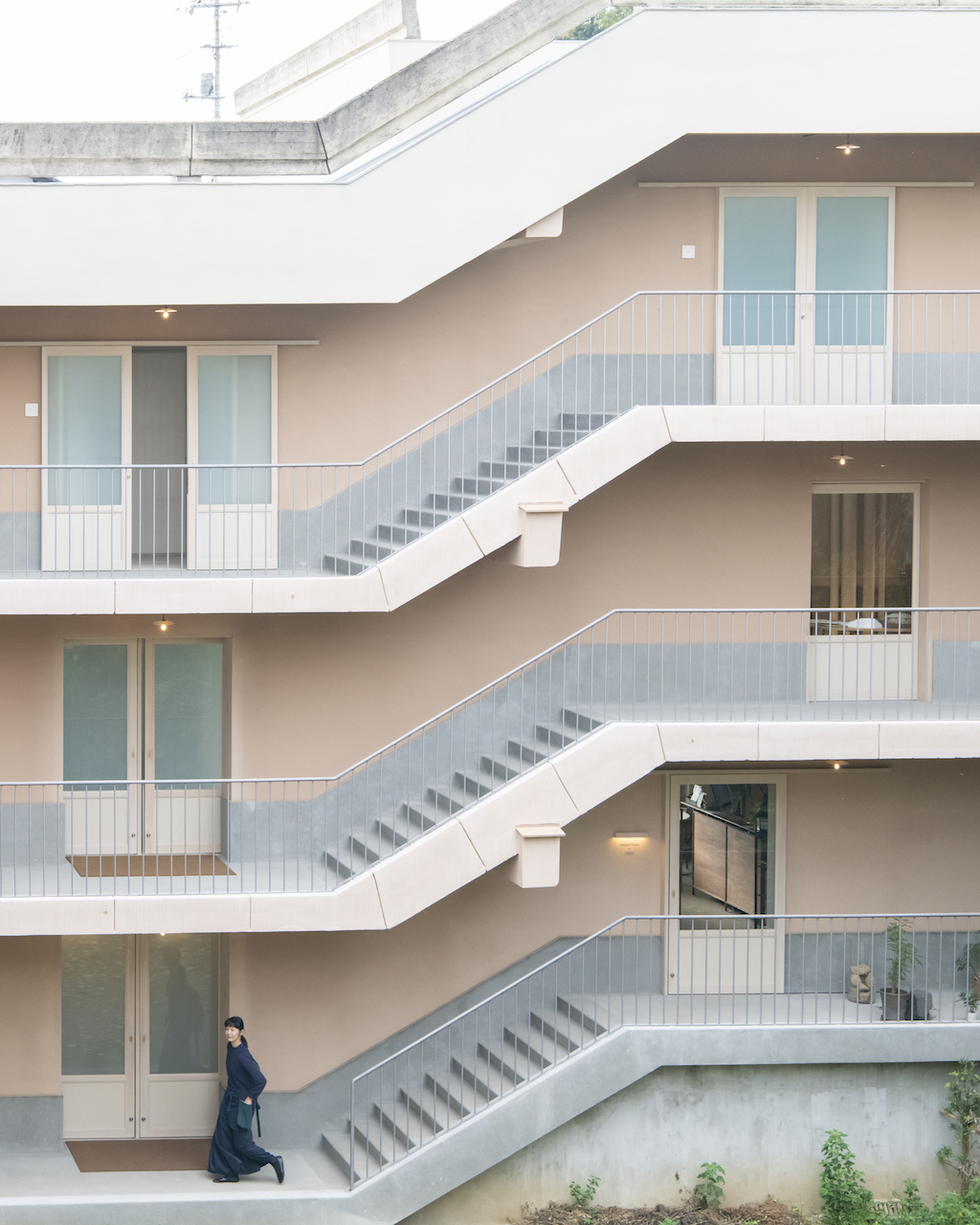
Yoshida, a shrewd operator with a calm, youthful demeanour and a background in hotel management, knew something needed to be done. He and his associates saw tourism as the way forward, a way to create jobs and opportunities to encourage young people to stay put.
That initial meeting spawned exciting developments that include a high-end clothing brand tailored by locals, a seaplane to fly visitors anywhere in the Seto Inland Sea and an exclusive luxury floating hotel – all rolled out between 2013 and 2018.
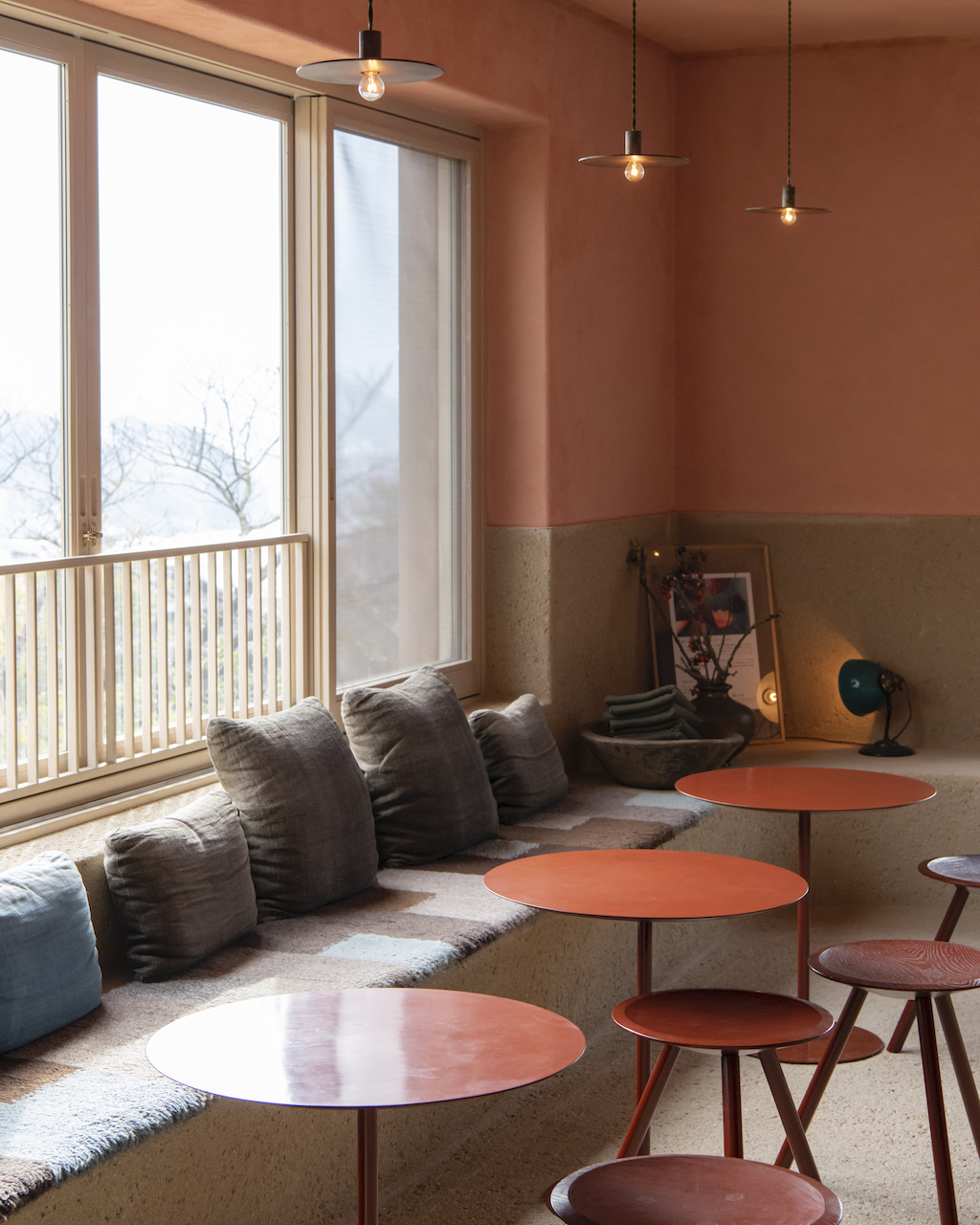
Onomichi is at a geographical crossroads – sitting at a perfect distance for day trips from cities and regions lying to its east (Fukuyama), south (Shikoku) and west (Hiroshima). Despite a recent increase in interest and travel to the whole Seto Inland Sea region, people tended to just pass through Onomichi.
“We wanted to boost tourism and encourage visitors to spend more time in Onomichi, and that meant providing extra accommodation,” Yoshida says. “From the outset, our intention was to breathe new life into our existing building legacy rather than start from scratch.”
Three restoration projects stand out as testimonies to this approach. The Lantern Onomichi Garden, the Onomichi U2 complex and the Minato-no-Yado are gleaming examples of Onomichi’s resurgence as a hub for design and innovation.
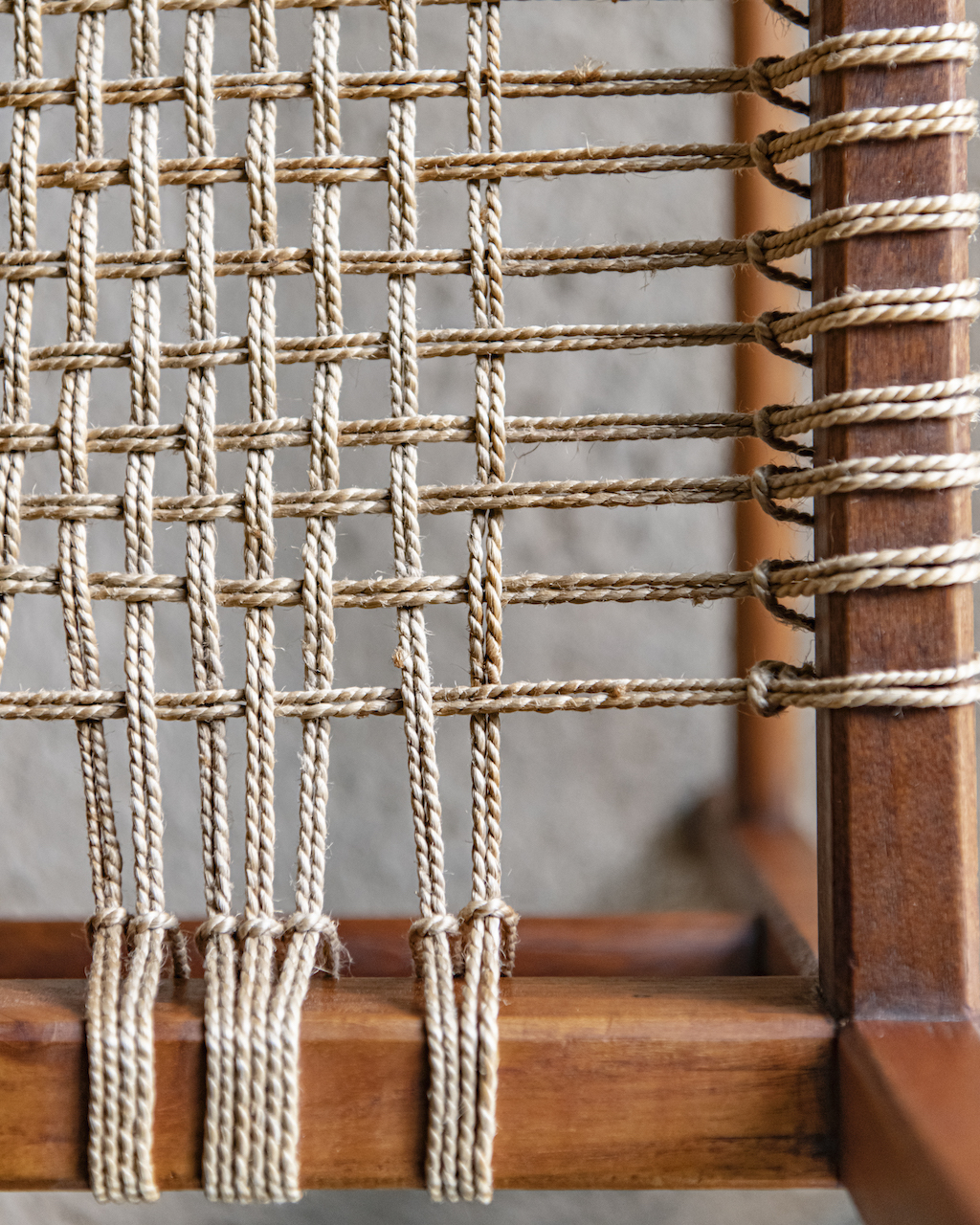
Lantern Onomichi Garden – LOG
One of the most recent projects has been the renovation of the nondescript 1960s Shinmichi Apartment Building halfway up Mount Senkoji. Opened in December 2018, LOG is the result of an unlikely collaboration with world-renowned architect and Studio Mumbai founder Bijoy Jain.
This architectural masterpiece is the first example of the firm’s design principles being applied outside India. These include careful consideration of the environment and local materials available as well as a strong engagement with local craftspeople and stonemasons.
“Everyone, architects included, told us it was impossible to accomplish. They said we couldn’t apply Studio Mumbai’s philosophies or building techniques to Japan,” explains Yoshida, who is now the general manager of LOG and oversaw the construction with Jain. “That only encouraged us to make sure it happened.”
To call the end product a hotel would be reductive – indeed, it’s a work of art. From the pastel-coloured stucco walls made from earth from the hillside and mixed with pigment to the guestrooms screened in Japanese washi paper, LOG envelops you in its Zen-like ambience the moment you step through the front door.
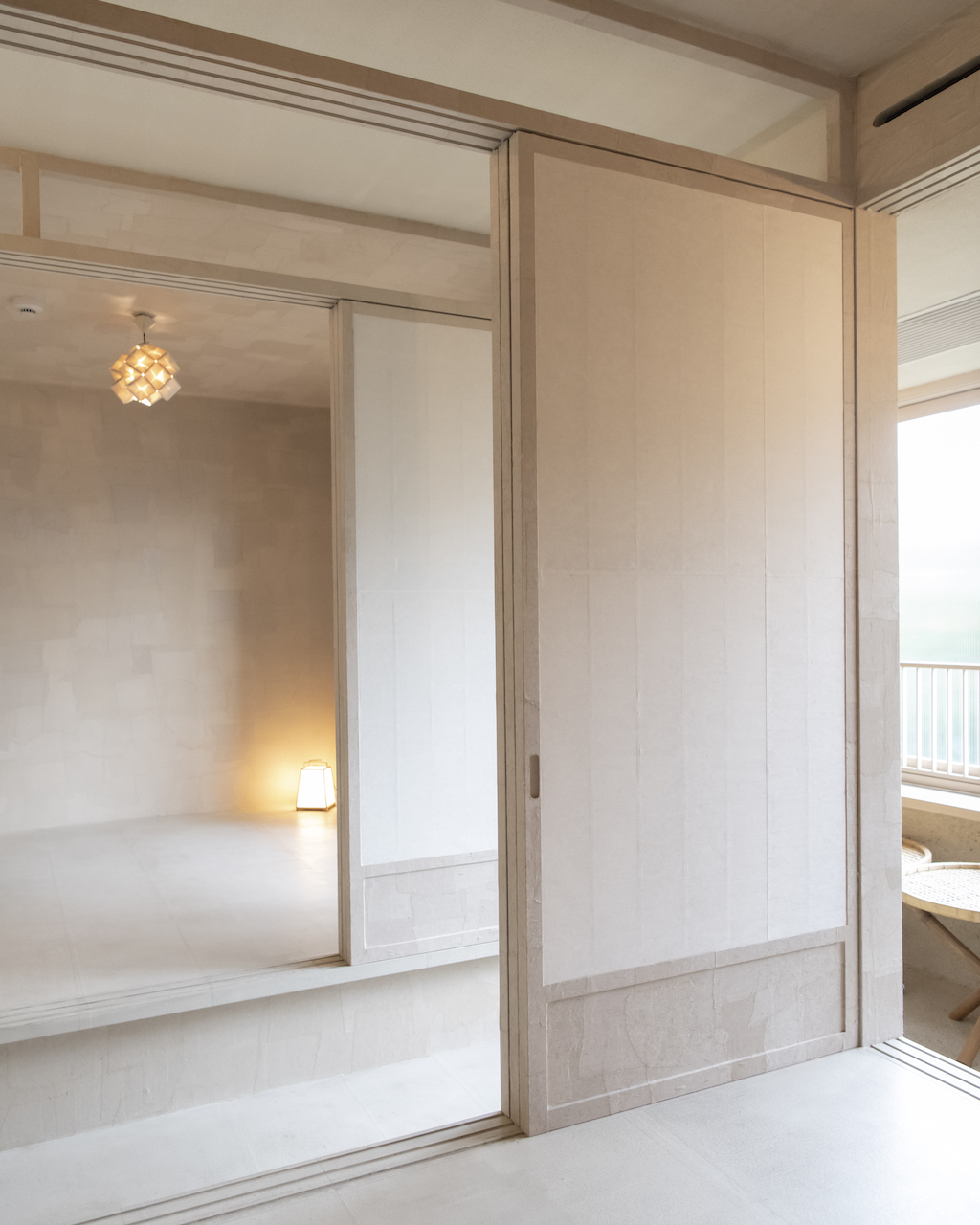
“Artists and craftsmen from India and Japan made everything from the chairs, to the lights, to the washi paper covering the tables,” Yoshida says. “Everything you see in LOG has a story.”
All the materials had to be heaved up 100 cost- and time-consuming steps from street level. In fact, operating the hotel faces the same vertical challenge. “It’s a constant battle with the 100 steps,” says Yoshida. “Naturally, it makes you think about eliminating waste.” The LOG restaurant, for example, sources ingredients from boutique producers and develops seasonal menus, making the most of what is available locally.
LOG is in constant flux – it weathers and evolves with each season. Just as the garden and trees grow around the building, the natural paints will intentionally fade to create new impressions. The Lantern Onomichi Garden is not an end but a beginning, a beacon for the community and a path for others to follow.
“We want the lights on the hillside to burn bright again,” Yoshida says. “We want LOG to inspire young people to become the next torch-bearers and dream up their own projects to revive this hillside and Onomichi.”
Minato-no-Yado
Even before LOG lit a new path in Onomichi, two historic buildings sitting next to each other on Mount Senkoji – Izumo House and Shimazui Manor – were given facelifts. After being converted into self-catering apartments in 2013, they were collectively renamed Minato-no-Yado.
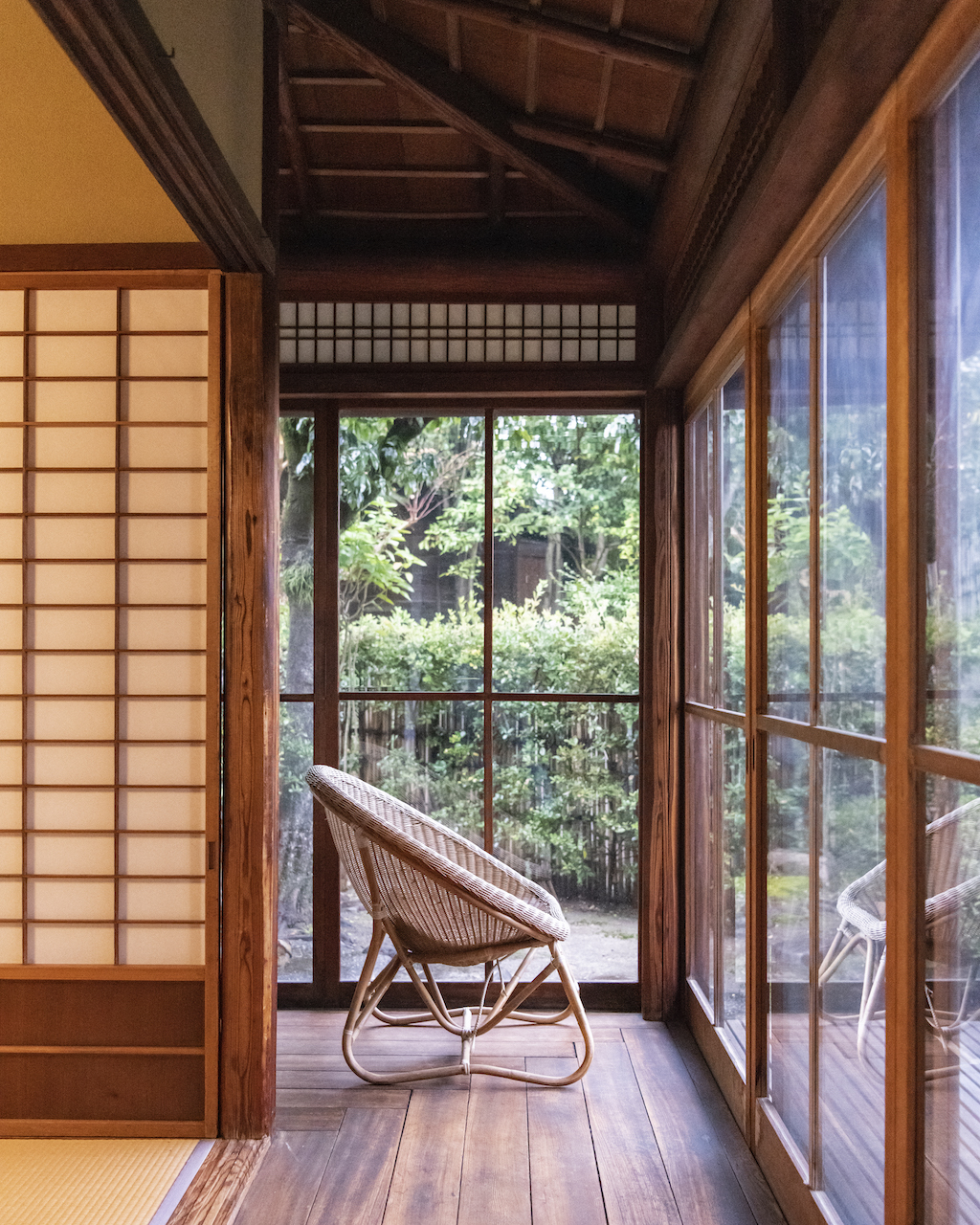
Of the two buildings, Izumo House is the older. Dating back to the Edo period, the elegant two-storey building and its Japanese garden had seen better days. Under the guidance of architect Masao Nakamura, an expert in traditional Japanese houses and teahouses, the building was painstakingly restored to its former glory.
A short climb up from the Hondori shopping arcade, Izumo House is easy to spot with its panelled windows wrapped around a delicate wooden frame. The design indoors adheres to the purest form of Japanese aesthetics – clean lines, organic materials and muted hues. Where possible, the original wood, bamboo and plaster have been repaired rather than replaced. In areas where the damage was too far gone, new materials seamlessly blend into the old.
“We want to inspire young people to be the next torchbearers”
While all the mod-cons of a contemporary hotel (a semi-double bed, TV, fridge, washer-dryer) are present, they are confined to one section of the house, separated by narrow corridors and shoji screens.
Next door is the Shimazui Manor, constructed in 1931 by a local politician as a second home. The façade of the building is distinctively Western in appearance while the original interior was traditional Japanese – an architectural quirk popular in pre-war Japan. Masahiro Kiritani, a Hiroshima native and the architect tasked with the renovation, chose to reflect this duality in the interior.
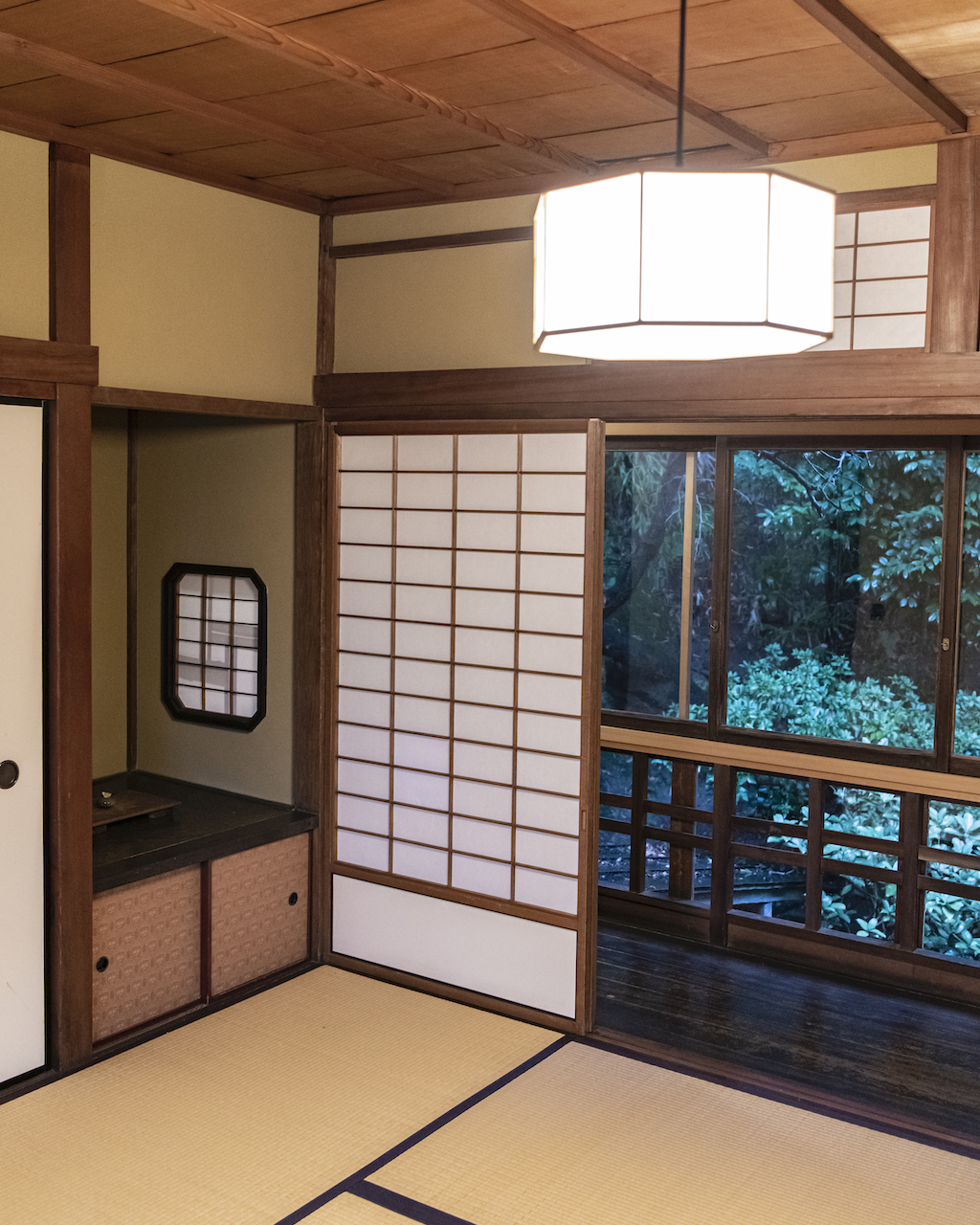
Traditional tatami rooms sit alongside wood flooring and Western furniture. The modern, open-plan kitchen complements the Japanese horikomi sunken living room. The contrast of the deep brown wood and the white plaster along with the minimalist aesthetic running through all the group’s design projects help to create this harmony between East and West, old and new.
“The great thing about Shimazui Manor is its size. Groups of up to 10 can stay together under one roof,” Yoshida says. “This is an ideal spot to linger for a few days to explore Onomichi. Guests can visit the temples on Mount Senkoji, the shopping arcade and the islands nearby.”
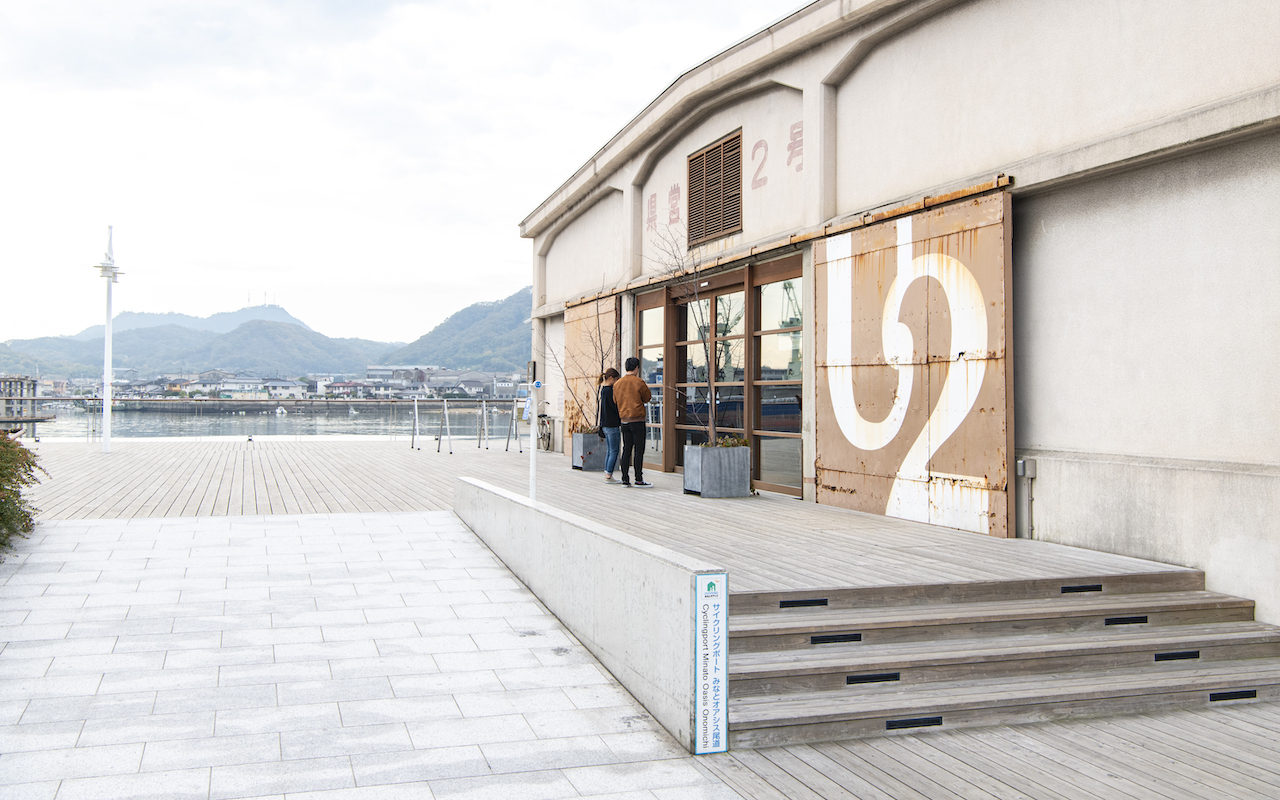
Onomichi U2
Refreshed hotels aside, Discoverlink Setouchi also expanded its portfolio with creative lifestyle spaces. Located a five-minute walk from JR Onomichi Station, the Onomichi U2 building is a former quayside warehouse used for shipping cargo from 1943 to 2006.
In 2014, the warehouse was transformed into a complex featuring a café, bar, restaurant, bakery, shops and the world-renowned Hotel Cycle with its tailor-made accommodation for cyclists. Today, U2 attracts over 250,000 visitors a year from both Japan and abroad.
The adaptive reuse project was helmed by Makoto Tanijiri and Ai Yoshida, founders of Hiroshima’s Suppose Design Office. Since its opening, Onomichi U2 has won countless plaudits from designers and architects for the way it incorporates both the 70-year-old industrial shell of the warehouse and a contemporary minimalist interior. The sides and the ceiling of the warehouse are exposed, with ventilation ducts and pipes criss-crossing in front of original timber beams used to protect the outer wall.
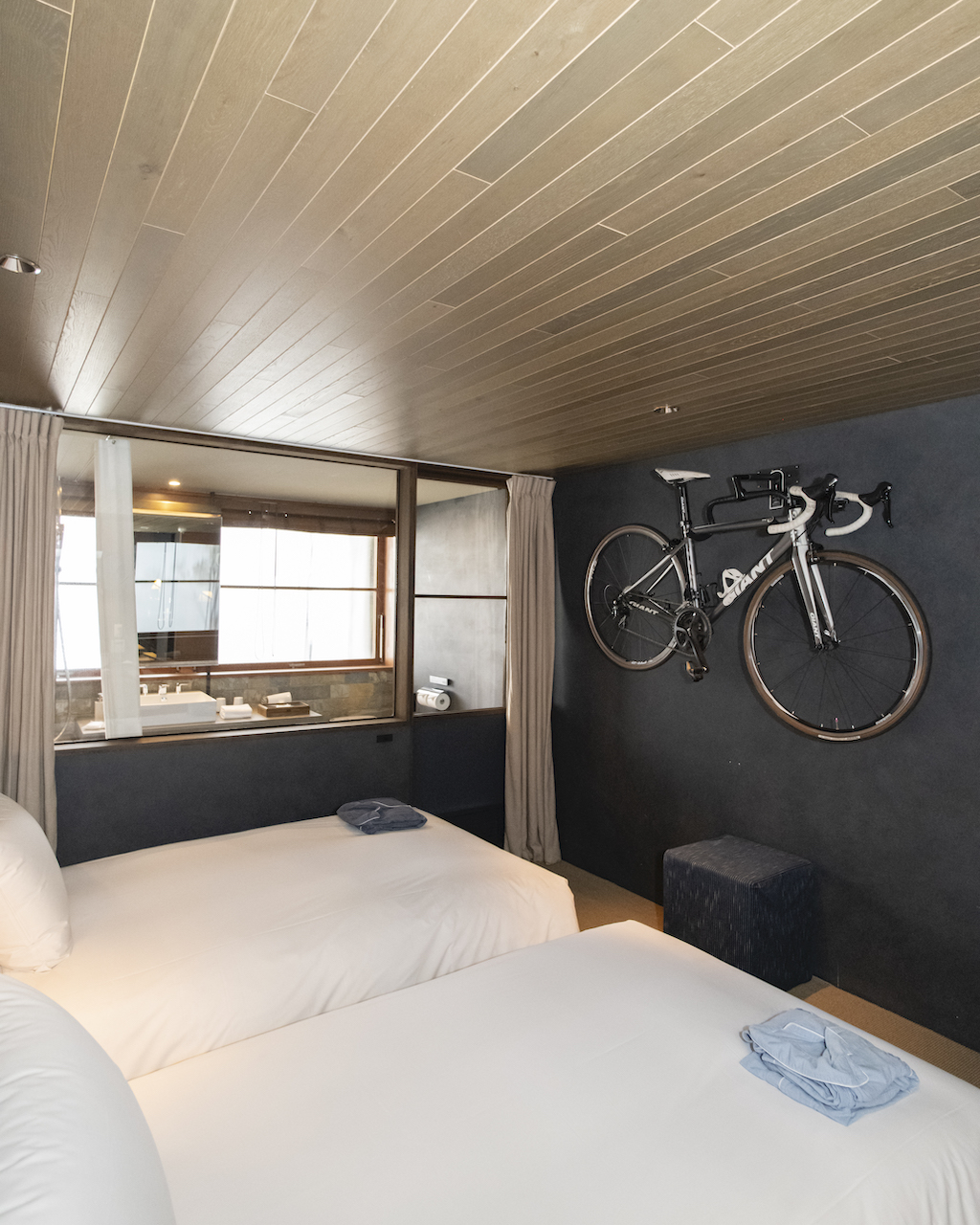
The centrepiece of this development is the 28-room Hotel Cycle, which caters for cycling enthusiasts who head to Onomichi to ride the Shimanami Kaido – a striking 70km-long route weaving across islands and suspension bridges from the mainland to Shikoku in the south.
Everything about U2 is made with a nod to avid cyclists – from a bike store stocking parts to various maintenance areas. Guests can ride in from the boardwalk and check in at Hotel Cycle without ever leaving the saddle.
According to Onomichi City survey figures, the number of cyclists visiting Onomichi keeps rising, with a 10.6% increase from 2017 to 2018. “We’re keen this shouldn’t be a passing fad,” says Shoko Kuroda of U2 marketing and communications. “We want to establish a strong cycling culture here in Onomichi and across the Shimanami Kaido.”
3 sites to visit along the Shimanami Kaido
1. Innoshima Suigun Castle
The Murakami Suigun, a naval clan, marshalled the whole of the Seto Inland Sea throughout the Middle Ages. Find out about these sea-born samurai here.
2. Kousanji Temple & Museum
This Buddhist temple on Ikuchijima island features architectural styles influenced by Nikko and Kyoto. A short distance from the main temple is the Hill of Hope, a garden of white Italian marble.
3. Oyamazumi Shrine
Besides being one of the most important shrines in Japan, this sacred site on Omishima island houses 80% of all swords and armour designated as national treasures in Japan in its museum.
SilkAir flies three times a week between Singapore and Hiroshima. To book a flight, visit singaporeairlines.com
SEE ALSO: How Hiroshima’s farmers and priests are creating contemporary jeans
This article was originally published in the January 2020 issue of Silkwinds magazine
The post How sleepy Onomichi in Hiroshima Prefecture became a hub for design and innovation appeared first on SilverKris.
from SilverKris
No comments:
Post a Comment